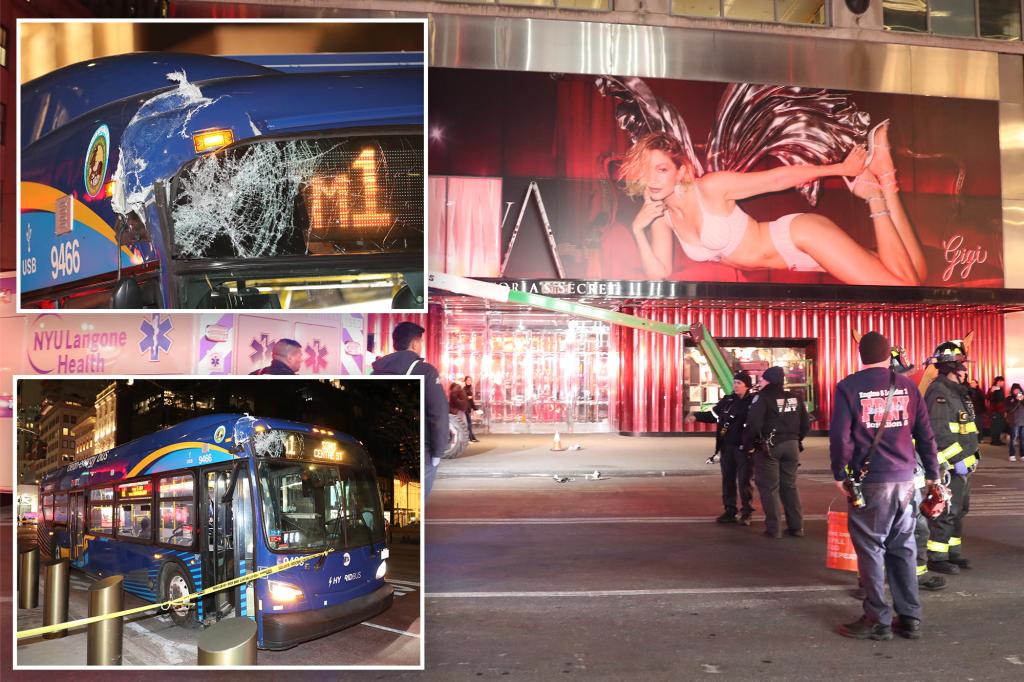This tragic incident underscores the inherent risks associated with working at heights, particularly in bustling urban environments. The seemingly routine task of changing a billboard transformed into a fatal accident in a matter of seconds, highlighting the critical importance of stringent safety protocols and meticulous planning in such operations. The use of boom lifts, while providing access to elevated work areas, necessitates a comprehensive assessment of the surrounding environment, including pedestrian and vehicular traffic, to mitigate potential hazards. This assessment should encompass not only the immediate vicinity of the lift but also the broader traffic patterns and potential obstructions that could pose a risk. Furthermore, the incident emphasizes the need for continuous communication and coordination between the lift operator, ground crew, and traffic management personnel to ensure a safe and controlled work environment.
The sequence of events leading to the worker’s death underscores the potential for catastrophic consequences when safety measures are compromised or unforeseen circumstances arise. The impact of the MTA bus with the boom lift, while seemingly a low-speed collision, generated enough force to dislodge the worker from the elevated bucket. This suggests that the positioning of the lift in relation to the flow of traffic might not have provided an adequate safety buffer, or that the driver of the bus may not have been fully aware of the lift’s presence. The investigation into the incident will likely focus on reconstructing the precise chain of events, including the speed and trajectory of the bus, the positioning of the lift, and the adherence to established safety procedures. This investigation will be crucial in determining the contributing factors to the accident and identifying any potential lapses in safety protocols.
The incident also raises questions about the adequacy of existing safety regulations for working at heights in urban areas, specifically concerning the placement of boom lifts in proximity to traffic. While regulations typically stipulate minimum clearances and safety barriers, the dynamic nature of urban traffic, coupled with the potential for unforeseen events, necessitates a continuous reassessment of safety measures. This reassessment should involve not only a review of existing regulations but also the development of enhanced safety protocols that account for the specific challenges posed by urban environments. Implementing advanced warning systems, utilizing dedicated traffic management personnel, and establishing clear communication protocols between all involved parties could significantly enhance the safety of such operations.
The tragic loss of life in this incident serves as a stark reminder of the fragility of human life and the imperative to prioritize safety in all work environments. The fact that this incident occurred in a densely populated urban area further amplifies the need for proactive safety measures and heightened vigilance. Urban environments, characterized by their complex traffic patterns and limited space, pose unique challenges to workers operating at heights. Therefore, it is essential to adopt a multi-faceted approach to safety that encompasses rigorous planning, meticulous execution, and continuous monitoring of the work environment. This approach should include comprehensive risk assessments, detailed safety plans, and regular training for all personnel involved in such operations.
The aftermath of the accident, with the image of the partially-removed billboard and the damaged bus, serves as a poignant reminder of the suddenness with which tragedy can strike. The scene, captured in photographs, depicts the abrupt interruption of a routine task and the devastating consequences that can arise from a momentary lapse in safety or an unforeseen event. The image of the partially-removed billboard, featuring a well-known model, juxtaposed with the damaged bus, creates a stark contrast between the mundane and the tragic, highlighting the unpredictable nature of life in a bustling urban environment.
Beyond the immediate impact on the victim and his family, this incident also has broader implications for the safety of workers in similar occupations. It underscores the need for continuous improvement in safety practices, increased awareness of potential hazards, and a commitment to creating a culture of safety in all workplaces. This commitment should extend beyond simply adhering to existing regulations and encompass proactive measures aimed at identifying and mitigating potential risks before they escalate into accidents. Furthermore, the incident highlights the importance of providing adequate training and resources to workers, empowering them to identify and address safety concerns effectively. By fostering a culture of safety, we can strive to prevent similar tragedies from occurring in the future and ensure the well-being of all workers.

